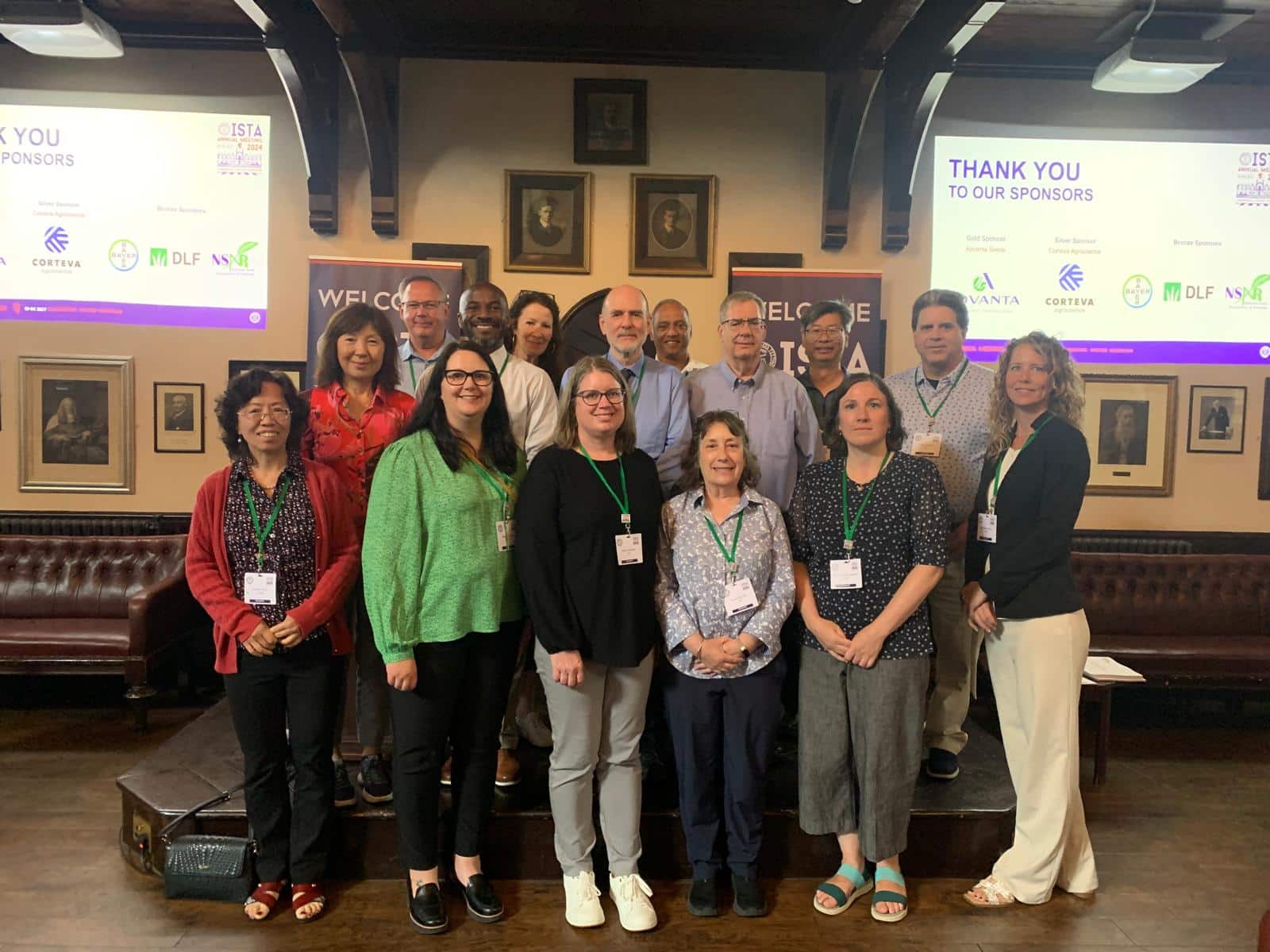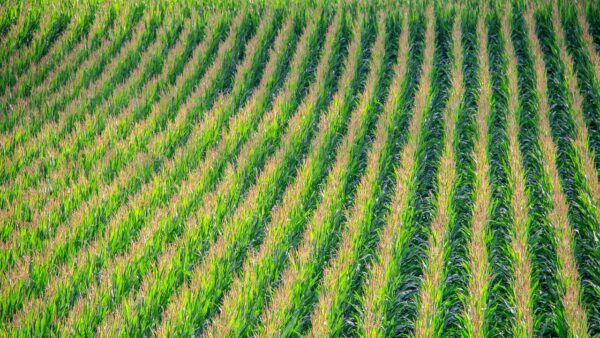A look back at the trends, key events and interesting quotes that were covered in Seed World in 2013 and will define the seed industry in years to come.
Product Positioning
Sitting down with a farmer and developing a cropping plan not only aids in variety selection, says Rod Osthus of R.C. Thomas Company, but it ensures proper product placement. “Seventy-five percent of all varieties never reach their full genetic potential on farms because they are planted in the wrong fields. How many seed sellers today follow the first rule to success prior to selling a farmer seed—looking at the fields first? It’s all about having a field-by-field cropping plan for each customer,” Osthus explains. “Every farmer needs one, but few have one because many seed company sales reps just ask the grower what he wants to do, then writes the order.”
Osthus compares a field-by-field cropping plan to a doctor’s chart. “The doctor recommends the treatment and then places it on a chart for the patient to follow. The patient does not deviate from the plan without permission of the doctor. The cropping plan works exactly the same way,” explains Osthus.
Roundtable on GM Vegetables
Seed World: Are North American consumers ready for a greater presence of genetically engineered products in the marketplace?
Kent Bradford: There is a small fraction of consumers who will never be ready for any genetically engineered products, but outside of that group—about two to four percent of shoppers—I do not think that consumers per se are the barrier to entry of GE products in North America. When asked without prompting, as in surveys by the International Food Information Council, biotechnology is not high on consumers’ concerns about food safety or labeling.
Scott Langkamp: Approximately 95 percent of corn and soybean acres in the United States are currently grown with genetically enhanced seeds, and it is estimated that approximately one-quarter of the food items found in a typical grocery store contain corn in some form, indicating an already significant marketplace presence for foods made from GE crops.
Further, the International Food Information Council’s 2012 survey “Consumer Perceptions of Food Technology & Sustainability” reveals the “majority of Americans, 74 percent, have some awareness of plant biotechnology and almost 40 percent are favorable toward the use of biotechnology in food production … In terms of biotech foods consumers would be likely to purchase based on specific attributes, 77 percent indicated they would be somewhat or very likely to purchase foods produced through biotechnology that required fewer pesticide applications, and 71 percent indicated they would likely purchase biotech foods that provided more healthful fats, such as Omega-3 fatty acids.”
Norm Sissons: North American consumers are ready for healthy food grown in a better way. The benefits of GE products in the marketplace are well known since they have been around for well over a decade. I think the question is not if consumers are ready for a greater presence, but how the safety and overall benefits of GE products are more effectively communicated. This technology gives consumers a healthy supply of food with less inputs and impact on the environment.
International Phytosanitary Standards for Seeds: From Myth Toward Reality
“The first international standard for seed movement has finally been approved and adopted by the North American Plant Protection Organization. Referred to as Regional Standard for Phytosanitary Measures 36 and titled Guidelines for the Movement of Seed, this standard lays out criteria for the movement of seed into, from, and among NAPPO member countries and for procedures to facilitate re-exportation of seed. The NAPPO member countries are Canada, Mexico and the United States … This standard is the first step in helping to resolve phytosanitary barriers to the international movement of seed. As the annex and appendices are populated with more information on seed-borne and transmitted pathogens, testing methods and treatments, this standard will become more useful both to the seed industry and to the international regulatory community.”—Ric Dunkle, senior director for seed health and trade, American Seed Trade Association
Globalization Reshapes Seed Sector
As chairman and founder of AgriCapital, a respected private investment banking firm specializing in agribusiness, R.B. Halaby knows a thing or two about the seed trade. For one, he thinks borders no longer matter. He believes the seed sector is becoming more globalized every day as a result of market forces converging to reshape the agribusiness landscape and enrich the international flow of seed products and technology. “I don’t think there’s a single sector in ag that is not consolidating, and the reason for this is the fact that agribusiness is unforgiving of inefficiency,” says Halaby, adding that corporate consolidation within the seed sector not only contributes to globalization, it enables every link in the food chain “to be that much more efficient.” These days, he says, all of the big players like Monsanto and Syngenta function fluidly across country lines. “You’ll get a company in Iowa owned by a company in Brazil competing against a company in Mexico owned by a company in France. It’s totally globalized.”
Prominent agricultural analyst Robynne Anderson, founder of Emerging Ag Inc., agrees there has been significant consolidation among the biggest elements in the seed industry, although the rate of consolidation varies by region. For example, she expects more consolidation to occur within Asia. “I think that globalization often creates opportunities for big companies and for small companies. And that seems counterintuitive, except big companies obviously do well [on a global scale] and many small companies can thrive in spaces that are literally too small for big companies,” Anderson says. “The challenge will probably be for the mid-sized company, who has to be really well managed to cope with the pressure of playing with the so-called ‘big boys’ and yet having [enough] critical mass to fund their infrastructure.”
The “S” Word
“Defining sustainability is like defining beauty—it’s in the eye of the beholder,” says Greg Ruehle, CEO of the Independent Professional Seed Association. “To me, it’s such a nebulous topic that if you try to define a single set of terms that fit all of agriculture, we’ll be having the same conversation a decade or more from now.” Although definitions for sustainability may be ambiguous, U.S. seed companies are already working within sustainable systems, Ruehle says, even if they are not labeling them as such. “These are multigenerational businesses and they would not be such but for sustainable operations that are defined through profitability, through sound resource management and through sound conservation practices. Clearly these companies successfully demonstrate sustainability through their multigenerational existence,” says Ruehle. “I think sustainability is demonstrated every day by seed companies all across the country—they probably don’t think about it as sustainable, but clearly these actions would be part of any reasonable definition of sustainability.”













